We recently looked into growing cannabis on a budget and found it was theoretically possible to enjoy a small harvest for under $200. For many new growers, cultivating marijuana without spending a fortune is an important consideration. The most expensive aspects include lighting, air circulation, and nutrients.
However, one must not overlook the growing medium your plants use. It is, after all, what your plants grow in. As long as their roots have room to grow and consistent access to fresh water, oxygen, and the correct level of nutrients, your plants should thrive. Nonetheless, a growing medium makes a difference in the overall growth of your crop. An unsuitable medium could provide the wrong (or inadequate) nutrients or fail to drain correctly. It could also attract an increased number of pests or impact how quickly the plants grow.
That said, the actual medium doesn’t matter that much regarding the quality of buds, assuming it provides the right level of drainage and nutrients. As a result, this is one area where you could save a few dollars. In this guide, we review the different growing mediums available and help you decide which one is right for your bank balance.
What Makes a Growing Medium Inexpensive?
There’s a lot more to finding a cheap medium than the initial price you pay! First and foremost, a medium that contains nutrients instantly saves you money. Let’s imagine that you have two options: a potting mix for $10 you found on sale and a super soil mix that costs $40.
Option A is $30 cheaper, so is it undoubtedly the best option? It depends. The expensive soil likely contains all the nutrients your plants need, so you don’t need to do anything else other than add water. If the cheap potting mix doesn’t contain nutrients or only has enough for 3-4 weeks, you need to purchase more nutrients. Suddenly, after paying another $50 for what your plants need, you are $20 behind!
Another factor that reduces the price is reusability. If you use a standard potting mix, the nutrients are used up after a single crop. As a consequence, you need to begin the next batch with fresh soil. However, certain substrates last several harvests. You will still need to add nutrients, but the overall cost is lower for growers intent on cultivating cannabis regularly.
Now, let’s take a look at the available nutrients and their associated costs.
Potting Soil
As nature’s growing medium, one would expect to pay the least for soil. If you can grow outdoors in fertile soil, you already solve a significant problem. However, most people cultivate cannabis indoors and must buy the soil. As for price, the truth is you will likely see enormous differences depending on the brand.
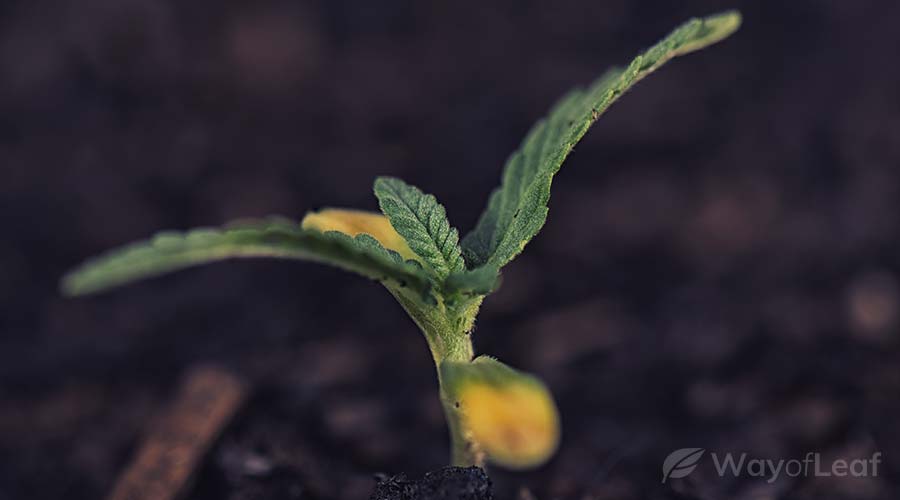
It doesn’t mean the ‘big name’ soil is better quality than the brand you’ve never heard of. You should find enough ‘regular’ soil to fill 12 gallons worth of pots for less than $35. Better options include enough nutrients for a few weeks. Then, you can pay another $25 to purchase more nutrients. Ultimately, you have paid $50–$60 with some nutrients left over. For your next grow, you only need to buy soil until the existing nutrients run out.
Super Soil
There is also composted ‘super’ soil that contains all the nutrients your plants need from seed to harvest. These mixes include a variety of organic ingredients, including worm castings, bat guano, bone meal, and other amendments. You can make your own, but getting the raw ingredients isn’t simple.
This ‘just add water’ method often produces outstanding marijuana plants. However, you will likely pay around $100 for 12 gallons of pots, and you must pay this sum for every crop. Therefore, we recommend that you shop around. You may find that regular potting soil plus extra nutrients is a little cheaper than a super soil mix.
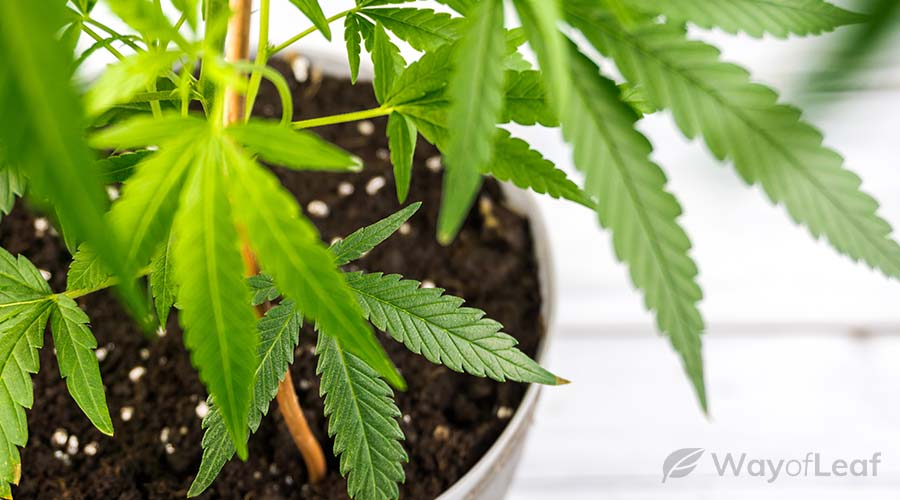
When growing cannabis with soil, use loose, non-peat-based potting compost. Ideally, it will also include up to 30% of perlite or another soil ‘conditioner.’ This should ensure adequate drainage to ensure there are higher amounts of air/oxygen in the soil. As a result, your plants should grow even faster. However, they tend to grow slower than if you use a hydroponics system or Coco Coir as your growing medium. On the plus side, soil-grown weed tends to have a stronger taste and a more pungent smell.
When you use living soil, microorganisms in it create an ecosystem. The nutrients get broken down and go directly to the roots of the plant. There is no need to add any nutrients to this form of soil. On the downside, plants growing in living soil take longer to mature. Also, the smell of composted soil in the house isn’t particularly pleasant for most people!
Ultimately, super soil is expensive in terms of up-front costs. However, it could save you a lot of money if you are a regular grower.
Coco Coir
You will likely find slabs of coconut coir for a similar price as a reasonable potting mix. The primary difference is that you must also purchase nutrients. As your plants require the food immediately, it means buying added nutrients right away. Coco Coir is coconut fiber, often remaining from processing coconut for consumer goods.
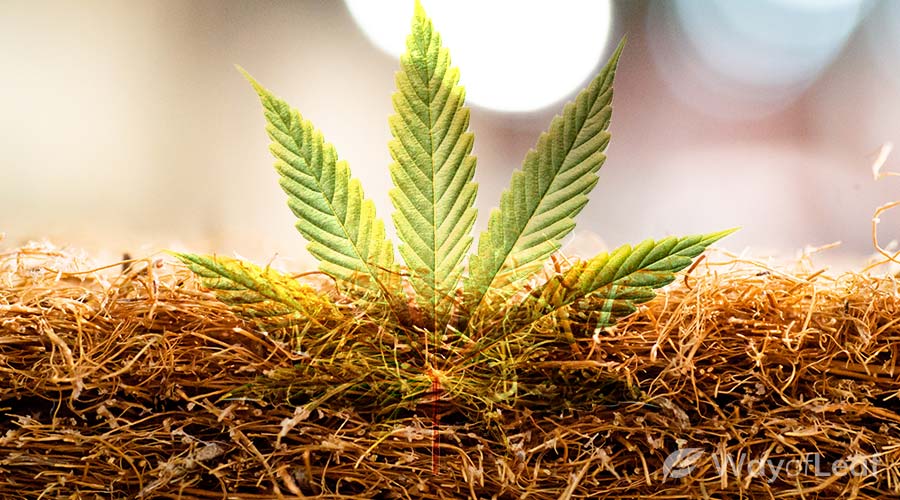
It is a popular option for individuals who use hydroponics systems for their plants. For experienced growers, having the chance to control their crop’s life cycle is perfect. Coco Coir is light and enables lots of oxygen to reach plant roots. As a bonus, it is a ‘sustainable’ growing medium. It is less prone to pest infestations, and you can reuse it up to three times. You still need to buy nutrients, but you could save money in the medium term. Also, cannabis grown in Coco Coir usually grows to a very high standard.
While ‘clean’ Coco tends to keep pests at bay, the challenge is finding it. Most Coco Coir comes from Sri Lanka, India, Brazil, Thailand, and Mexico. Make sure you only purchase it if there are lab tests to prove its quality. The best brands triple test theirs: At the source, as it enters the United States, and before it gets packaged.
Hydroponics
You can eliminate the need for a growing medium by choosing a hydroponics setup. After you have purchased the start-up equipment, you may only require nutrients and water. If you only want a small cannabis garden, it is possible to buy an entire system for under $150.
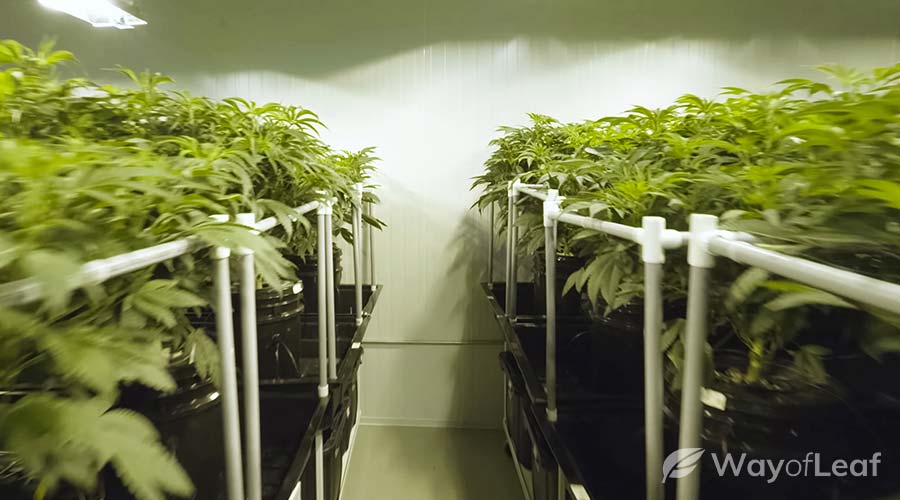
At this stage, all you need to do is pay for nutrients and electricity. First-time growers are often frightened of hydroponics, but the process is much simpler than you think. As you only need to refill your tank every few weeks, the nutrients you purchase could last a long time. Whether the process is cheaper than the others depends on the cost of nutrients and the number of plants you grow.
Vermiculite & Perlite
This is becoming an increasingly popular soil additive. Vermiculite is a much-loved hydroponic medium made from volcanic rock. In general, it is cheaper than other common options, such as Rockwool and Coco Coir. It does an excellent job of holding on to moisture, so you use less water. When heated, vermiculite expands significantly, and it is very lightweight. This inert substrate is insoluble in water, so it absorbs enormous amounts of it.
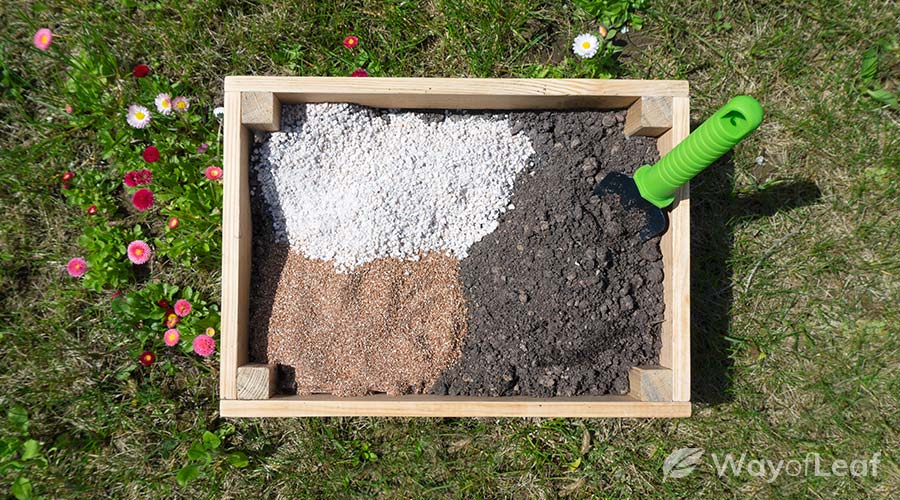
Perlite is also made from expanded volcanic rock. However, it is light and airy and allows for excellent drainage. As a result, people often add perlite to their container grows. In general, growers tend to use a combination of the two, rather than relying on one or the other. A lot of individuals also like to use perlite and Coco Coir together.
Aside from the initial costs of vermiculite and perlite, your overall running costs are similar to those associated with a ‘water only’ hydroponics setup. You can reuse them many times, and also benefit from a lower risk of pests in your crops.
Rockwool
This is among the most popular non-soil growing mediums around, especially amongst commercial growers. It is a mixture of slag and melted basalt rock. You use a Rockwool ‘block’ to start seeds, and it can support the growth of a plant right until it is ready for harvest.
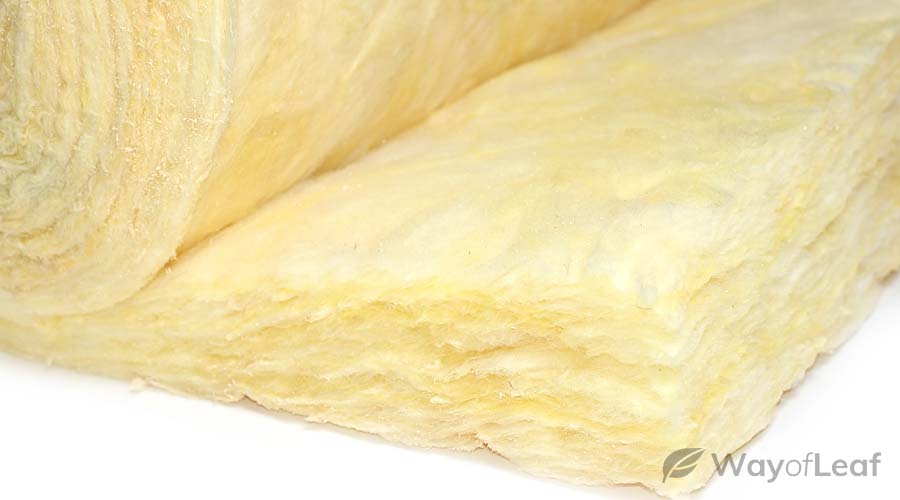
It offers water-resistant insulation while still enabling a greater level of water retention in a hydroponics system. As a result, more water remains trapped inside the block and is easily accessed by the cannabis plants’ roots. Rockwool is fibrous, so it permits a greater level of aeration. In simple terms, the roots find it easier to locate oxygen.
However, it is inert, which means you must add nutrients, so the initial cost is relatively high. As its rate of water retention is significant, you must ensure it has adequate drainage. Rockwool also has a high pH, so you need to check the root zone regularly.
Hardened Expanded Clay (HEC)
As with the volcanic rock options, you can heat and expand clay. When you expose the substance to heat, however, it becomes extremely hard. Nonetheless, it is porous enough to ensure a reasonable degree of water retention. Even so, gardening experts don’t recommend HEC if you like to water your plants once a day.
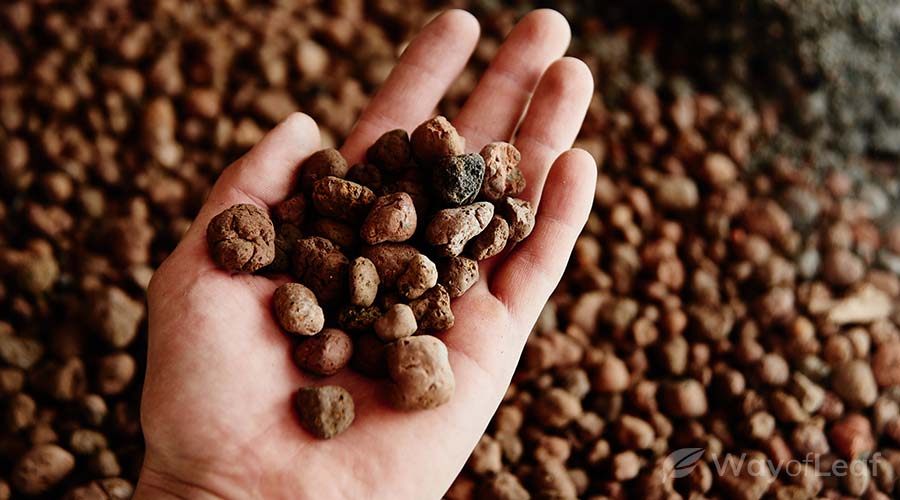
Instead, it works best if you use a multiple-watering or continuous-flow hydroponics system. HEC is sterile and inert and doesn’t do a good job of buffering. However, it is very stable and can hold seedlings in a hydroponics system. You can also use HEC as a bottom layer for drainage in a plant container.
Final Thoughts on the Cheapest & Most Expensive Growing Mediums
Ultimately, the most inexpensive and costly growing mediums depend on several factors. Those who intend to cultivate numerous plants regularly will save money on a medium that proves pricey for the casual, occasional grower.
Overall, super soil is arguably the most expensive because the costs don’t reduce over time. You always need to buy everything from scratch. On the plus side, you don’t need extra nutrients, so those using expensive versions at present could actually save money. As you only need to add water and occasionally monitor your plants, super soil is an excellent option for the novice.
Cheap potting soil requires nutrients, but you could save cash if you plan on overseeing several harvests. You can use the leftover nutrients for your next grow, for example. Also, even low-cost soil should have enough nutrients to last for a few weeks.
Inert growing mediums, such as Coco Coir, Rockwool, vermiculite, and perlite, also require nutrients. However, you can reuse them several times. If you get a great deal on the nutrients you purchase, you could save a significant amount of money.
If you buy a cheap hydroponics system, you could come out ahead after a few grows. Aside from the initial start-up costs, all you need are nutrients and water.
As far as nutrients are concerned, brand name options are usually significantly more expensive. If you use a costly product, your overall expenditure will exceed that of any other form of growing medium! It is easy to fall for the marketing trap, but there are lots of lesser-known companies that produce good enough nutrients for your cannabis garden.

![Diatomaceous Earth and Cannabis Growing [What Are the Benefits?]](https://wayofleaf.com/wp-content/uploads/2020/07/wol_banner_diatomaceous_earth_and_cannabis_growing-640x225.jpg)
![5 Ingenious Ways to Use Marijuana Trim [Don’t Let It Go to Waste]](https://wayofleaf.com/wp-content/uploads/2020/06/wol_5_ingenious_ways_to_use_marijuana_trim_1920x450-640x225.jpg)



![8 Tips for Growing God Bud Cannabis [Grower’s Guide]](https://wayofleaf.com/wp-content/uploads/2018/11/wol-banner-8-tips-for-growing-god-bud-cannabis-640x225.jpg)
![How to Make a Marijuana Grow Tent for Just $2… [Say WHAT!?]](https://wayofleaf.com/wp-content/uploads/2018/10/wol_how-to-make-a-marijuana-grow-tent-for-just-2-say-what-640x225.jpg)

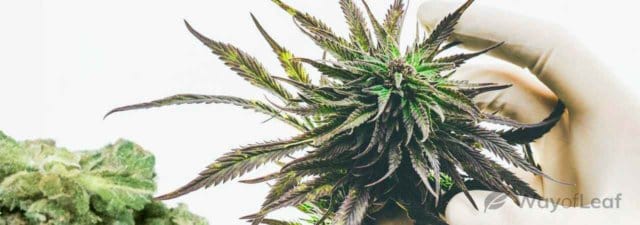
![Indica vs. Sativa vs. Hybrid [What You Need to Know]](https://wayofleaf.com/wp-content/uploads/2018/09/indica-sativa-hybrids-youre-doing-it-all-wrong-640x225.jpg)

